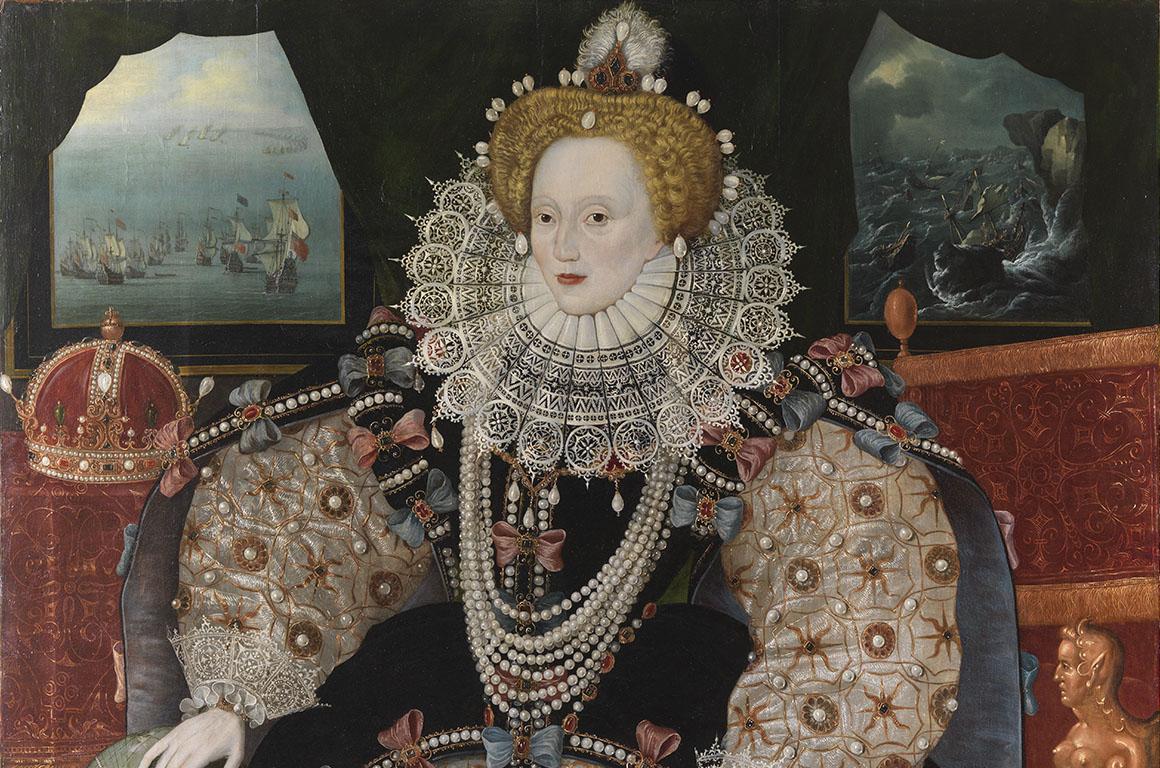The Elizabethan court
When Elizabeth I became queen her first challenge was to build a loyal staff of independent thinkers to help her govern.
In 16th-century England, the monarch was the head of state. The Crown had the power to appoint all personnel, the power of veto and the final say on foreign policy. Since all political life revolved around the sovereign, those closest to Queen Elizabeth I were highly influential. This included members of the Privy Chamber, Royal Household and the Privy Council.
A new Queen with a new approach
Queen Elizabeth I was vain, headstrong and autocratic, and a firm believer in her divine and dynastic right to rule. She was extremely intelligent, politically astute and determined not to be subject to anyone's will.
During her time as queen, Elizabeth I acknowledged the value and worth of advisers, both for the knowledge and expertise they offered and the influence they could wield.
Building a trusted circle of advisors
One of the Queen’s first challenges was to build a loyal staff of independent thinkers to help her govern England effectively. She needed to do this without creating too many enemies, whilst reassuring those who hadn’t been chosen that they still had a role to play. She also needed to make a good first impression as a strong leader, to command the respect of her team and communicate the type of government she wanted to form.
Queen Elizabeth I also wanted to avoid the dogmatic approach to ruling she had seen under her sister, Mary I. Mary's council had expanded over time without any particular direction. This resulted in a large, unwieldy council riddled with leaks and in-fighting. Elizabeth was also aware of the power of the nobility to raise challenges to her right to rule.
The Privy Chamber
The Privy Chamber included the closest body servants of the monarch. They lived in close quarters with the Queen, kept her company and represented the threshold between her public and private lives. As a woman, Queen Elizabeth’s Privy Chamber was dominated by other women. These prestigious positions were filled with the wives and daughters of powerful men.
The Royal Household
The Royal Household was mainly made up of Elizabeth's servants, plus some government positions. The access that membership of the Queen’s household provided made these positions highly esteemed. Most of the positions were filled by the Queen’s ‘favourites’ and those who had demonstrated loyalty to her in the past.
The Privy Council
The Privy Council was a smaller, more defined body that advised Queen Elizabeth I and acted as the administrative centre for her government. Much like a cabinet or a board of directors, they were involved in matters of economy, defence, foreign policy and law and order.
Procession into the City
With the machinery of government now in motion, Elizabeth's first public appearance as Queen took place on 28 November 1558, when she and her entourage processed into the City of London.
The royal party was led by the Earl of Pembroke carrying the sword of sovereignty, followed by Elizabeth dressed in royal attire of purple velvet. Directly behind Elizabeth rode Lord Robert Dudley, her ‘favourite’ whom she had made Master of the Horse, a highly coveted position. This procession was fairly low-key in comparison with others, especially those later in Elizabeth's reign.
The procession made a powerful visual statement of the new regime. The new queen led in by Pembroke, a long-serving, familiar figure of the old guard, and Dudley, symbolic of the new. It communicated Elizabeth's desire for continuity without stagnation and symbolically announced how the new regime would take the best of both worlds.
Using our collections for research
The collections at Royal Museums Greenwich offer a world-class resource for researching maritime history, astronomy and time.
Find out how you can use our collections for research
The Armada Portrait
Recently saved for the nation, the Armada Portrait commemorates the most famous conflict of Elizabeth I's reign – the failed invasion of England by the Spanish Armada in summer 1588. This iconic portrait is now back on public display in the Queen's House after careful conservation.
Find out more and visit The Armada Portrait
